|
by Cassandra Vincent One of the first loose leaf green teas I ever had was a cherry Sencha. When going to school in England I was blessed to have a tea shop right in my town and it was a gateway to a relationship with green tea that is still growing. Though I still sometimes have a scented green (yes, I don’t have tea bigotry – if it fits the moment I go with it) I have come to appreciate the satisfying flavors of the pure leaf and today I am exploring some Japanese Sencha with some overall info followed by a tasting of 2 quality Senchas from Japanese Green Tea IN. So lets get into the green! Sencha is touted as the most popular tea type in Japan, sold bagged, loose, and in RTD bottles. Seriously, it is everywhere and dominates the shelves at Japanese foods stores. There are many grades of Sencha, but as I am told virtually all Sencha is harvested mechanically. The first flush [flush=time of harvest, specified further by terms like ‘first’ ‘second’ ‘autumn’ ‘monsoon’, etc.] of Sencha is called 'ichiban-cha' , second flush is called ‘niban-cha’ and third flush (which apparently is not even harvested by some plantations) is called ‘sanban-cha’. Sencha is a full sun grown tea as opposed to shaded (as leaves used to make Matcha and Gyokuro are partially shaded) which aids in giving it a higher amount of catechins though less aminos than say Gyokuro. I was surprised to find that some Sencha is made in China and India. It is made ‘in the Japanese way’ though. One of the main differences between Japanese green teas and Chinese green teas is that the Japanese method is steaming prior to rolling whereas the Chinese method is pan firing. But even though the method may be the same, you can’t ever replace the terroir (the environment – the soil, elevation and climate) which imbues each tea with unique character. The Leaf Sencha leaves are thin, straight and a deep, rich green as compared to the textured, more muted tones of Chinese greens. Darker green seems to be more common in high quality Sencha. I have seen the leaves in slightly varying lengths even broken a bit with dust amongst the leaves. The Scent and Taste Sencha does have a range of flavors/notes from bitter, astringent to grassy, fresh, sweet notes Steeping I have heard of people steeping at temps anywhere between 120°-170°. I think it can depend upon the tea as well your palate. When trying a new tea I tend to steep for short time periods and test out a range to see what I like best. I found I prefer Sencha steeped for shorter periods. Certainly anything over 2 minutes, at least on first steep, tends to release too much tannin for my taste and rocks my stomach. The two Sencha teas I tried are from Japan: 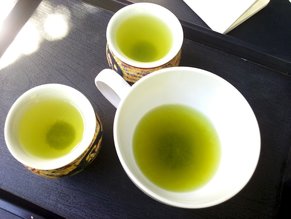 Issaku Sencha steepings clockwise from lower L: 20 sec., 40 sec., 1 min. Issaku Sencha steepings clockwise from lower L: 20 sec., 40 sec., 1 min. Issaku https://www.japanesegreenteain.com/products/issaku-japanese-green-tea [not an affiliate link] This lovely Sencha was created by Farm Master Mr. Arahata at Arahataen Green Tea Farm. It is the highest grade Sencha from that farm and available in limited quantity. The leaves are a very deep green and somewhat broken. Both teas were like that and I asked Kei Nishida, the CEO of Japanese Green Tea IN, about this aspect of the leaf. Kei said that this tea is grown in a region with more sunlight making the tea harder. Then the steaming of this tea is longer than others breaking it down more. As such there is even a bit of fine dust which ends up in the cup. I like this as it adds to the flavour and texture when drinking. When I placed the leaves in a warmed pot the scent they gave was a deep rich, grassy one with a hint of earth and sweetness. Delicious! I steeped the first pot at 20 seconds, 40 seconds and 2 minutes for contrast and used water at 155°-160° F At 20 seconds – I found it to be light but still satisfying, coating the tongue pleasingly, fresh and bright taste 40 seconds – I felt more zing on the tongue, deeper grassy notes, reminded me of a well watered summer garden 2 minutes – Intense aroma going beyond grass and earth to root vegetable and mushroom, a bit of bitterness emerged with a very deep flavor reminiscent of mustard greens and chard This tea has a great deal of flavor to give and is worth multiple steepings. I preferred the 40 second steep as a starting place though I was glad to have the others for contrast. For the second pot I steeped at 1 minute, 2 minutes and 3 minutes. There was ample aroma in the second steepings with the character of the tea still vibrant. I preferred the 2 and 3 minute second steepings. I even made a third pot and used it to make ice cubes to add to my water. The flavor still came through like a sweet whisper. Yes, tea gets me all romantic and stuff;) 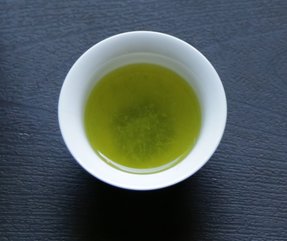 Gokuzyo 2 minute steep Gokuzyo 2 minute steep Gokuzyo https://www.japanesegreenteain.com/products/arahataen-gokuzyo-highest-grade-japanese-green-tea [not an affiliate link] Gokuzyo literally means ‘highest grade’ and only uses the First Harvest (Ichiban-cha) with the leaves being hand selected. This is a Sencha with great depth and character. I feel that if it were to speak it would tell a powerful story of the beauty of the plants and earth from which it comes. Tea does speak and when the quality is high there is poetry to the experience. Like the Issaku the leaves were somewhat broken with bits of dust and a very deep green. The look of the steeped tea is a vibrant green, slightly less yellow than jade. I did 2 first steepings on different days of this tea. I did 30 seconds, 60 seconds , 1 minute and 2 minutes. I found I liked a 1 minute first steep as a starting point. 1 minute – gentle, grassy & slightly sweet. Beautiful color, bit of bitterness but very smooth, coats the tongue softly giving a buttery feel (rather than a buttery taste) 2nd steep – 2 minutes – the bitterness stepped back a bit but the flavor did not diminish – still soft, fresh, slightly grassy and supremely smooth. A really delightful experience. I shared these with some friends, one of whom is an avid Earl Grey drinker. It's literally all she buys. She said I may just break her of her single tea habit! If this Sencha made her say that it is powerful indeed. If you like green tea and enjoy single origin, all-by-itself beauty I encourage you to reach beyond a basic bag and try a high end first flush Sencha. Thanks to Kei Nishida and Japanese Green Tea IN for reaching out to us and fueling this exploration into beautiful Japanese Sencha! Comments are closed.
|
AuthorCassandra Vincent CategoriesAll Classic Tea Flavored And Funky For Love Of Tea Herbs Infusions Lifestyle And Health Matcha Meditative And ASMR Sessions Recipes And Uses Specialty Tea Brands Spices Tea Accessories Tea Adjacent Tea And... Tea And A Laugh Tea And Art Tea And Holidays Tea And Music Series Tea And TV Tea Around The World Tea Cocktails Tea Events Tea In Film Tea In History Tea Innovations Tea Pros Tea Shops/Shops With Tea Tea Types Teaware |
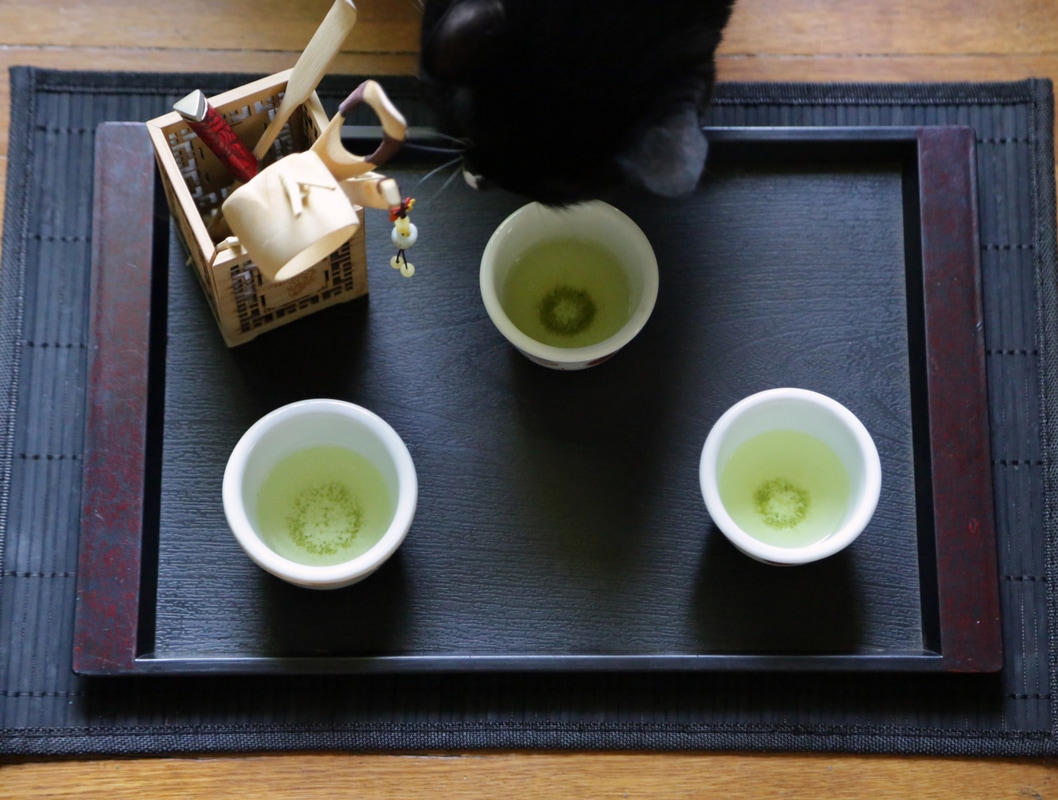
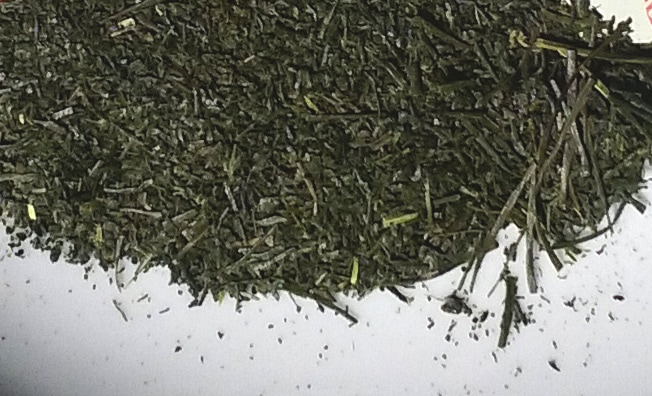
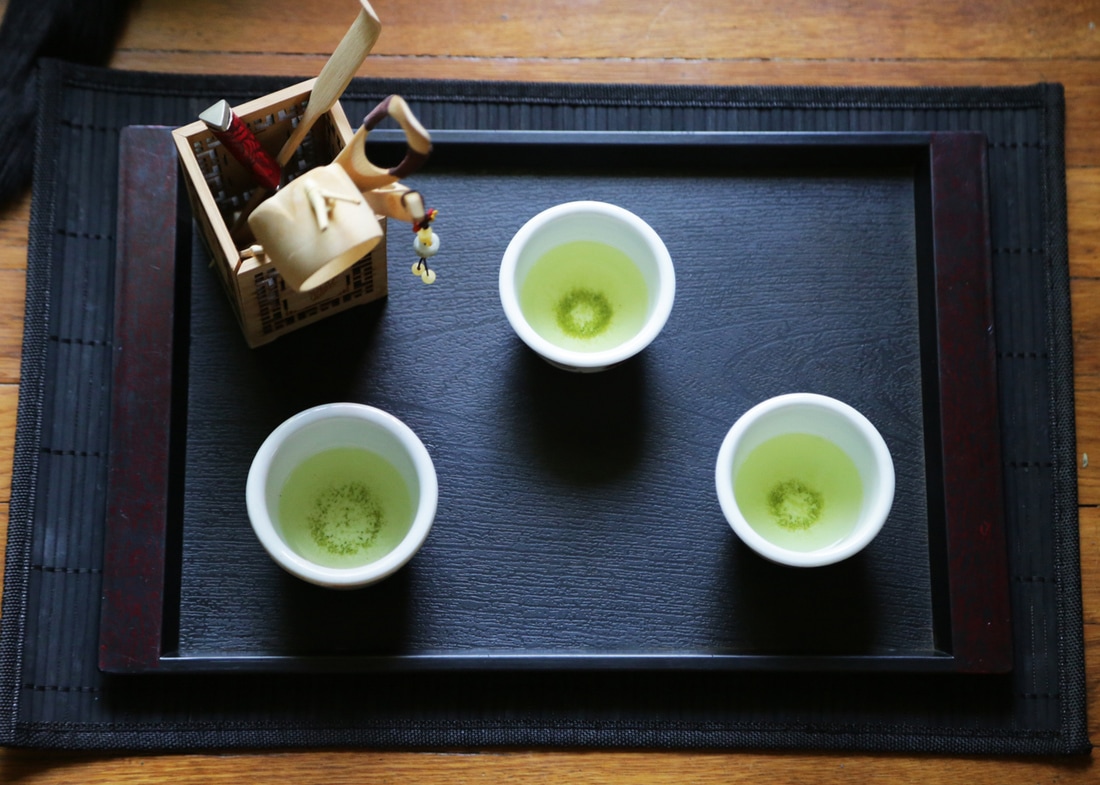

 RSS Feed
RSS Feed